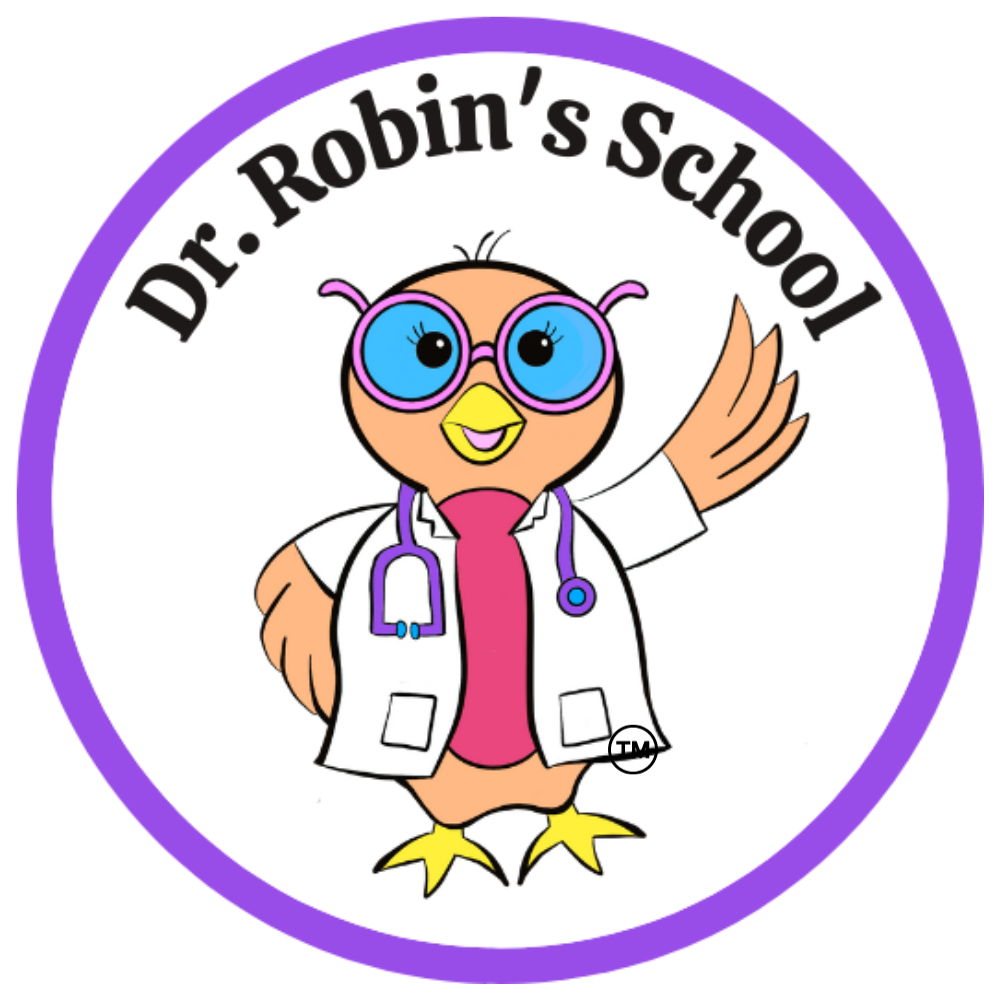Summary of Post
- What are learning styles?
- Overview of different learning styles
- The surprising truth about learning styles
- What this means for our students

Adapting Science Curriculum to Different Learning Needs
Meeting Students Where They are At
As a physician and educator, I know how kids’ learning takes off when they really connect with the wonders of science. At the same time, many of us had science learning experiences that caused us to tune out, feeling overwhelmed by complex jargon or confined to rote memorization. No wonder so many people stopped taking science classes as soon as they were allowed.
To combat this, parents often worry about how to adapt the immense amount of information in any particular science topic to meet the needs of different types of learners. The good news is, science easily accommodates a variety of learning preferences. Make sure to read to the end for a little secret about learning styles!
Exploring Learning Styles
Let’s delve into some of the most common learning styles that parents want to address and explore how to nurture your budding scientist:
- The Visual Learner: These curious explorers soak up information through sight. In written material they’ll benefit from clear illustrations and diagrams. Even better, find opportunities to learn from what’s happening outside of a book. Seeing what they are learning about in real life rather than from pieces of paper helps them understand and retain what they’ve gained an understanding of. Try letting them examine all the details in science models. Conduct experiments with a visible outcome. Long explanations with nothing to see might not be understandable. Dissections and coloring pages are also great options to help capture new knowledge.
- The Reader/Writer: Language and storytelling are important to the learning of these students. Having custom made worksheets and diagrams to go along with a particular lesson can improve the experience. Encourage them to create graphic organizers, mind maps, drawings of concepts, and notes. There are many websites and online programs designed for reading/writing learners in science. These might include interactive quizzes with detailed explanations or virtual labs with written instruction. Reading biographies and novels that explore topics discussed in class can help bring learning to life.
- The Auditory Learner: The world is a symphony to children with this learning style. Captivate them with science podcasts or videos with excellent verbal explanations. Look for a skilled educator who uses clear descriptions, analogies, and stories to reinforce the learning. Listening to audiobooks about science topics is also a great option.
- The Kinesthetic Learner: Learning by doing is the motto for these energetic minds. Build a model, physically act out what you’re learning, or try a hands-on experiment. When words are necessary, keep their hands moving by taking notes, doodling, filling out a summary sheet, or coloring a drawing related to the topic you’re learning.
A Little Known Fact About Learning Styles
I promised that I’d let you in on a secret. Despite how popular learning styles are online and in parenting magazines, the reality is there is little evidence that a particular learner will actually have just one learning style! In reality, we all generally benefit from using a variety of learning styles at once. The YouTube science education channel Veritasium has an excellent demonstration of this.
Even people who tend to prefer one way of learning will benefit from having this reinforced using other modalities. Oftentimes when I’m learning something new, I’ll read a description and perhaps keep a PDF summary handy, watch a video demonstration, try it out myself, talk to other people about their experiences, etc. to fully understand a concept. Each of these enhance my learning.
What This Means for Our Students
This is why at Dr. Robin’s School we’ve designed a program teaching each human biology topic in a variety of ways.
- The video lessons include spoken explanations, anatomic models that are shown in detail, drawings, demonstrations, and dissections.
- At home, learners are able to use custom workbooks and worksheets to take notes, Quizlet cards to review, and can turn on captions.
- For hands-on learning, Dr. Robin’s School encourages students to create a structural model from clay or a functional model from other materials.
- For students who learn best through interaction, we have live online sessions of Coloring Book Club and Knowledge Check Up (formerly known as Ask Dr. Robin)
- Have a passionate reader? In Beyond Biology Book Club we read middle grade novels that all focus on the experiences of protagonists with a medical condition or disability.
While understanding learning styles can be a helpful starting point, the real secret of in-depth education lies in a multifaceted approach. By incorporating various modalities — visual, auditory, kinesthetic, reading, and writing — we can create a richer learning experience that strengthens understanding for everyone, ignites curiosity, and prepares all students to become lifelong learners.
Ready to ditch the textbooks and create a fun, engaging science learning experience for your family? You can get started today!
